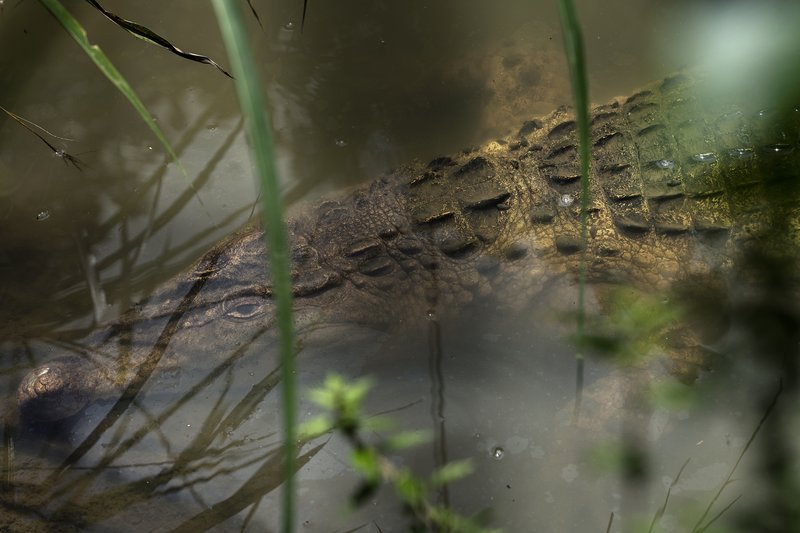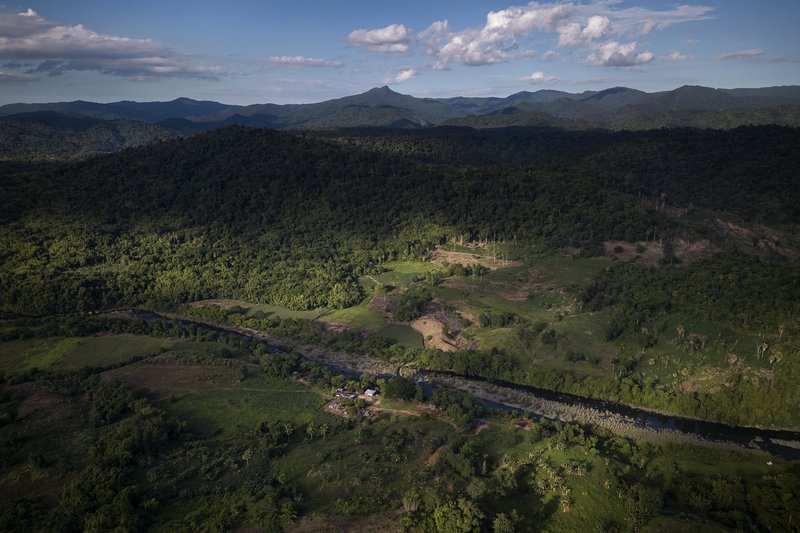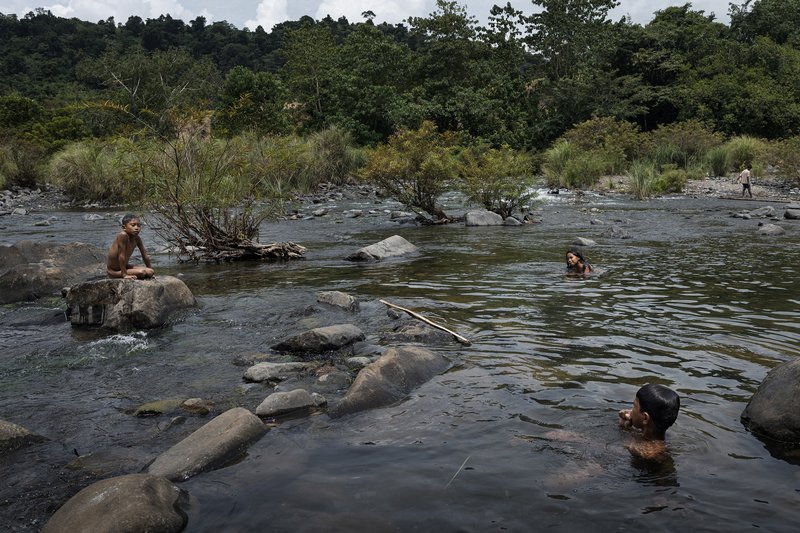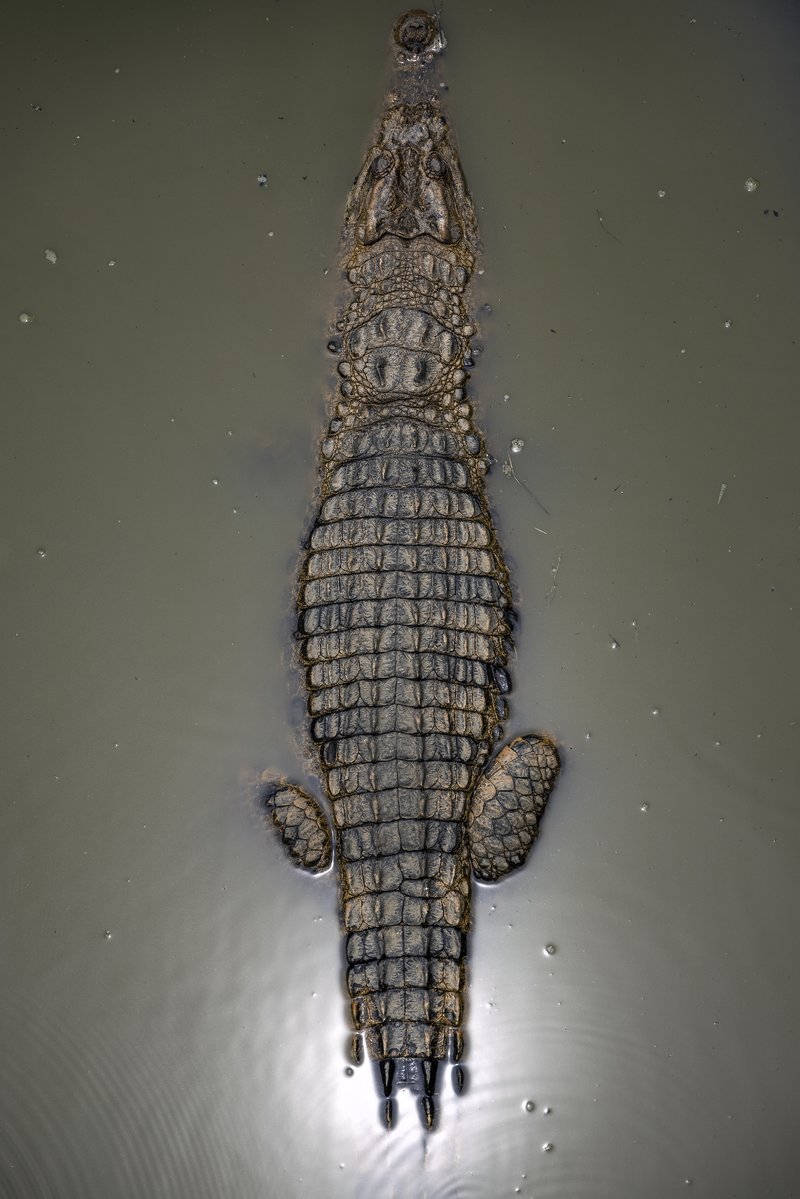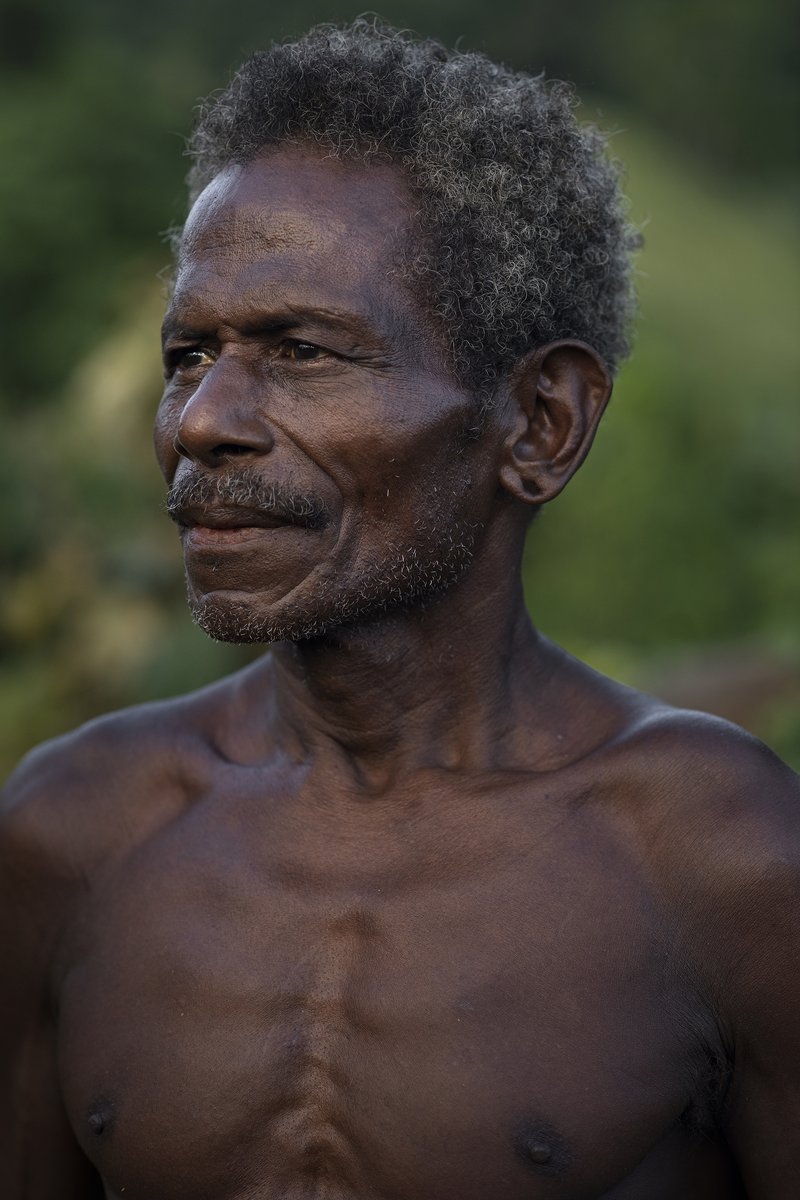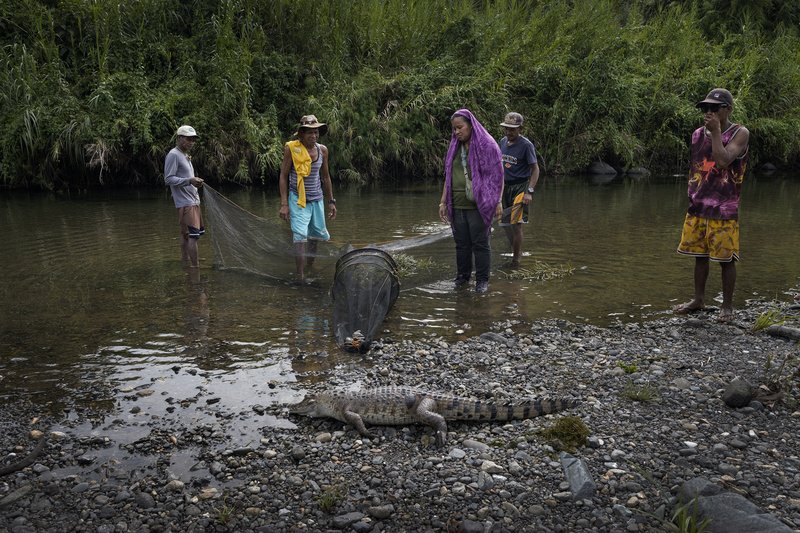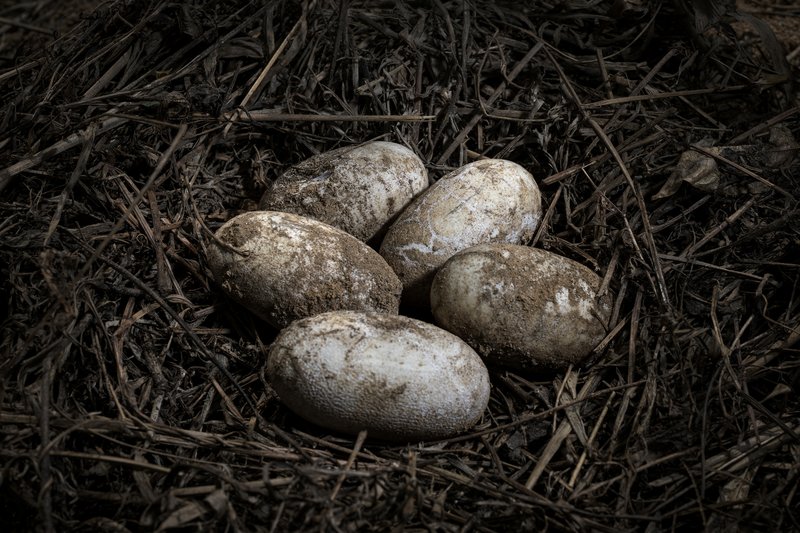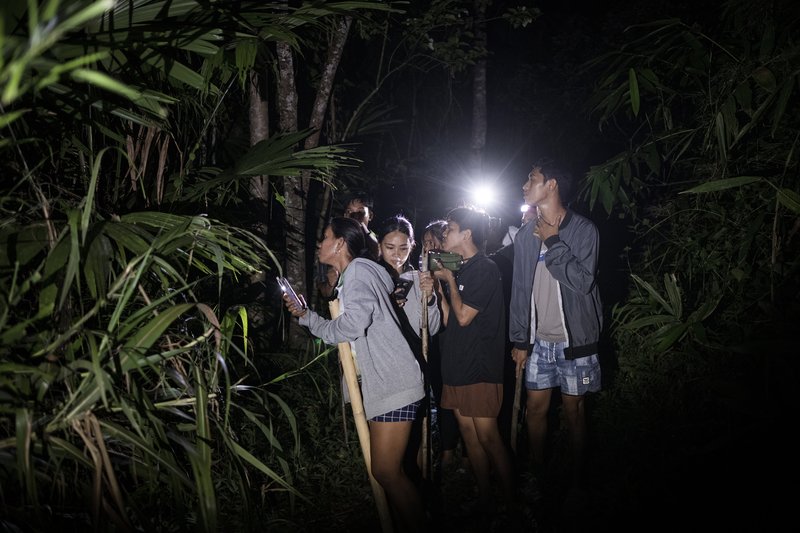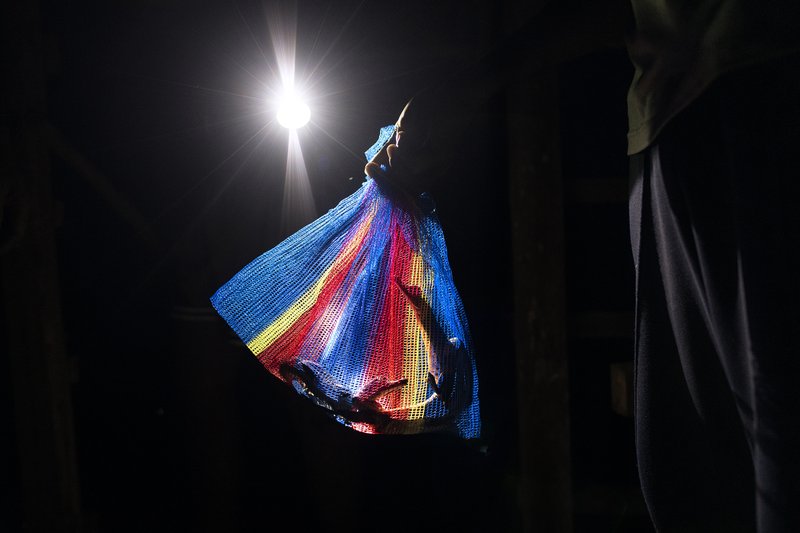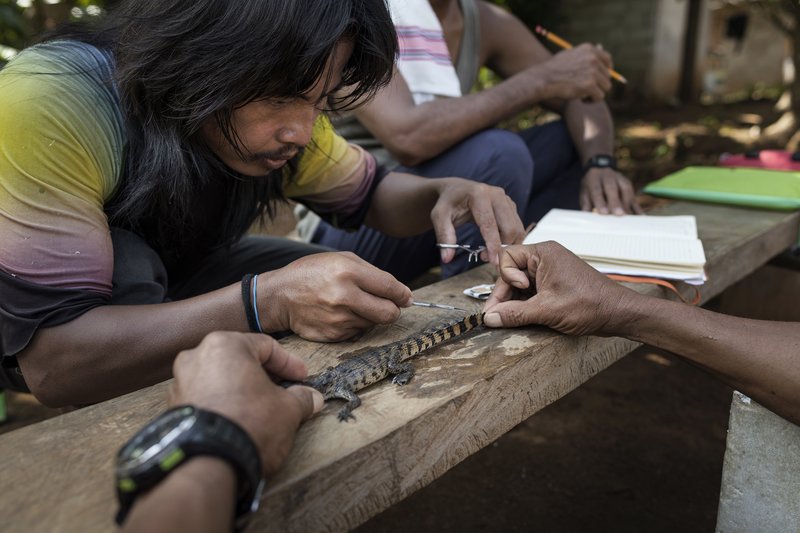Award of Excellence: Crocodile Keepers: The Guardian of the Sierra Madre Rainforest
Crocodile Keepers: The Guardian of the Sierra Madre Rainforest
The Philippine crocodile (Crocodylus mindorensis) is a freshwater crocodilian endemic to the Philippines. With an estimated 100 specimens inhabiting the northern Sierra Madre, the Philippine crocodile is considered one of the rarest species on Earth and is classified as critically endangered by the IUCN Red List of Threatened Species. To prevent the extinction of this species, community-based initiatives, including awareness campaigns, repopulation programs, and monitoring, have been implemented in San Mariano and neighboring municipalities. The Philippine crocodile is regarded as the rarest crocodilian species on Earth, with a population of approximately 100 individuals remaining in the Northern Sierra Madre Rainforest. To put this in perspective, there are about 1,800 giant pandas and 5,000 tigers left in the wild - species that are emblematic of the global biodiversity crisis. Before the Spanish colonization of the Philippines in 1565, crocodiles thrived in the rivers and streams of the Cagayan Valley, where indigenous communities lived in harmony with them. A symbol of this peaceful coexistence are the Agta, a forest-dwelling ethnic group known as the earliest inhabitants of the Philippines. For them the crocodile is regarded as an ancestral figure and a benevolent symbol of physical strength, fertility and power. However, rapid population growth, land scarcity in the lowlands, and massive migration of farmers from other regions, combined with commercial hunting and the widespread use of unregulated fishing to maximize fish catches, have contributed to a significant decline in the Philippine crocodile population. Despite the hopelessness of saving the Philippine crocodile, something changed in 1999. With the participation of indigenous communities, a group of Dutch-Filipino researchers conducted intensive surveys in all the tributaries and rivers of the Cagayan Valley, finding a few remaining specimens in San Mariano and its neighboring communities. This discovery led to the establishment of the Mabuwaya Foundation in 2003, with the aim of conserving the Philippine crocodile in its natural habitat in tandem with local and indigenous communities. In the field, they operate under the guidelines of their "Head Start Program", where appointed guardians in the indigenous communities of the area collect hatchlings born in the wild and transport them to the Philippine Crocodile Conservation Center (PCCC) to increase their survival rate before they are released into the wild. When the Head Start Program started, only one adult crocodile was observed in the wild. The latest survey conducted in June 2024 revealed that the total Philippine crocodile population had grown to 125 individuals (including hatchlings), with 17 adults. The community-based conservation approach has led to the recovery of this species and serves as a compelling example of the value of involving indigenous communities in environmental conservation initiatives through the application of traditional knowledge.
Giacomo d'Orlando
